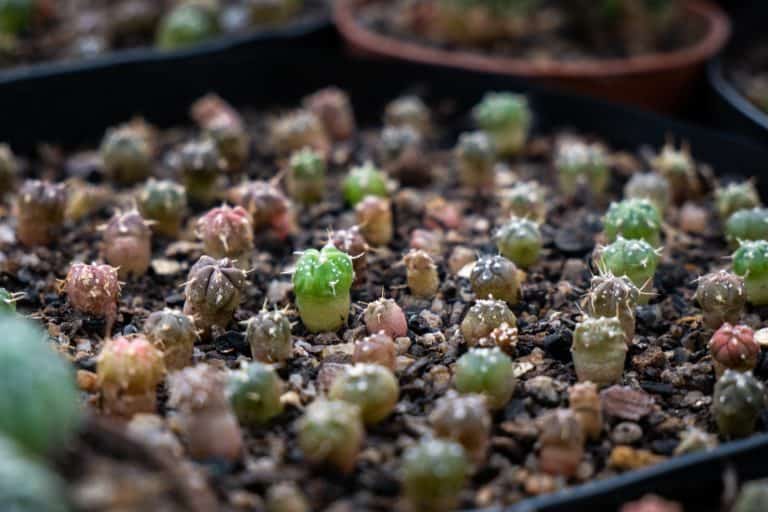Pilosocereus menesianus seeds
Accepted Scientific Name:
Pilosocereus menesianus
Synonyms:
Pilocereus menesianus Buining & Brederoo Pilosocereus menesianus f. typicus
Common Names:
Menez Cactus Blue Brazilian Torch (used colloquially in some collector circles) (Note: This species doesn’t have widely established common names and is mostly referred to by its scientific name.)
Plant Origin:
Pilosocereus menesianus seeds
🌵 Pilosocereus menesianus – Rare Blue Columnar Cactus from Brazil
Add dramatic height, color, and texture to your cactus collection with Pilosocereus menesianus, a captivating columnar cactus native to the dry regions of northeastern Brazil. Known for its luminous blue-green stems, architectural form, and striking spines, this species brings both elegance and wild charm to any arid garden or container display.
🌿 Features & Growth Habit
-
Tall, columnar form
This cactus grows upright in a stately, tree-like shape, with stems that can reach 6 feet or taller in cultivation over many years. -
Multiple branching stems
Mature plants often form clusters of vertical stems, creating a candelabra-like silhouette that’s both bold and balanced. -
Vibrant stem coloration
The stems are blue-green to silvery-blue, covered in a fine powdery coating (farina) that gives the plant a soft, almost velvety look—especially striking in sunlight. -
Deep vertical ribs
Each stem features pronounced ribs, adding visual texture and helping the plant expand and contract with moisture levels. -
Areoles and spines
Along the ribs are evenly spaced areoles, each bearing fine golden or honey-colored spines. These spines contrast beautifully against the stem and add a touch of rugged character.
🌸 Flowering & Fruit
-
Night-blooming flowers
As the cactus matures, it produces long, tubular flowers that bloom at night—typically white to pale pink. These elegant blooms are adapted for pollination by nocturnal creatures like moths and bats. -
Seasonal blooms
Flowers typically appear in the summer months, especially when the plant receives consistent warmth and good light. -
Colorful fruit
After flowering, P. menesianus may form round, fleshy fruits that split open when ripe, revealing bright pulp and shiny black seeds.
☀️ Sun & Climate
-
Sunlight
Thrives in full sun. A south-facing position or bright, open outdoor space helps the plant develop its best color and strong, upright growth. -
Heat tolerance
Naturally adapted to hot, arid climates, this cactus can withstand intense summer heat with ease. -
Cold sensitivity
Not frost-hardy. Best grown in USDA zones 10 and above, or in containers that can be brought indoors during cold months.
🪴 Ideal Uses
-
Container centerpiece
In pots, P. menesianus becomes a showstopping architectural feature, whether displayed indoors or on a sunny patio. -
Rock and cactus gardens
Perfect for xeriscaping or desert-themed landscapes, especially when paired with other columnar cacti or low-growing succulents. -
Collectors’ specimen
Its rare status and dramatic appearance make it a must-have for serious cactus collectors.
💧 Water & Soil Needs
-
Soil
Requires fast-draining cactus or succulent soil. A mix of sand, pumice, and organic material works well. -
Watering
During the growing season (spring to early fall), water deeply but allow the soil to dry out completely between waterings. In winter, reduce watering drastically. -
Fertilizer
Benefits from a light feeding of cactus fertilizer in spring or early summer for a growth boost.
🌟 Why Grow Pilosocereus menesianus?
-
Rare and hard to find in cultivation
-
Stunning blue-toned coloration and upright growth
-
Beautiful night-blooming flowers and sculptural form
-
Easy to grow in dry, sunny environments
-
Ideal for arid landscaping or stylish container gardens
Whether you’re building a desert garden or curating a rare cactus collection, Pilosocereus menesianus is a plant that makes a lasting impression. Its unique texture, height, and color create a living sculpture that only becomes more beautiful with time.
